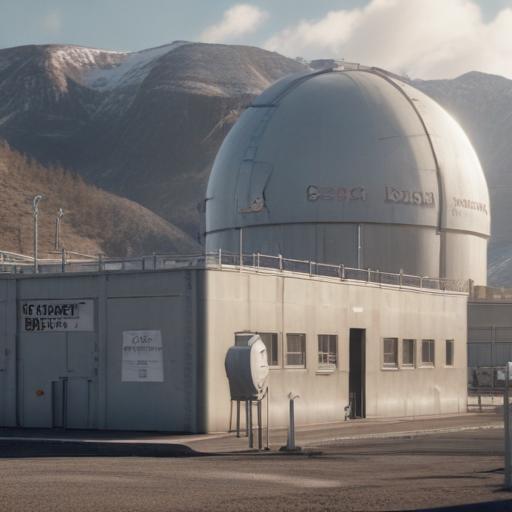Recent satellite imagery indicates ongoing activity at Iran’s Fordow nuclear enrichment plant following airstrikes by US forces over a week ago. These images, provided by Maxar Technologies, show signs of effort to address damage caused by the US B-2 bombers, which targeted key ventilation shafts at the facility.
Maxar’s analysis, conducted on Sunday, reveals an excavator and several personnel near the northern shaft of the underground complex, with a crane actively working at one of the entrances. Additional vehicles were observed parked along a newly constructed path leading to the site, suggesting organized recovery efforts.
Earlier in the month, US forces employed over a dozen bunker-buster bombs against Iran’s nuclear sites, including Fordow and Natanz, while utilizing Tomahawk missiles from submarines against a facility in Isfahan. The US Chairman of the Joint Chiefs of Staff, Dan Caine, elaborated that the intent was to penetrate and damage the main structure of the Fordow facility rapidly.
Former nuclear inspector David Albright noted that the observed activities appear to include repairs at the sites of impact as well as potential damage assessments and radiological sampling. He reported that even though the main road to the facility is being rapidly repaired, there is no evidence yet of efforts to reactivate the tunnel entrances.
In response to the strikes, Rafael Grossi, the Director General of the International Atomic Energy Agency (IAEA), stated that the US airstrikes did not significantly impair Iran’s nuclear capabilities, suggesting that Tehran could resume uranium enrichment within a matter of months. This assessment contradicts declarations from former President Donald Trump, who claimed the US had significantly delayed Iran’s nuclear ambitions.
This complex situation underscores the persistent challenges in addressing Iran’s nuclear program and highlights the need for careful monitoring of developments in the region.
